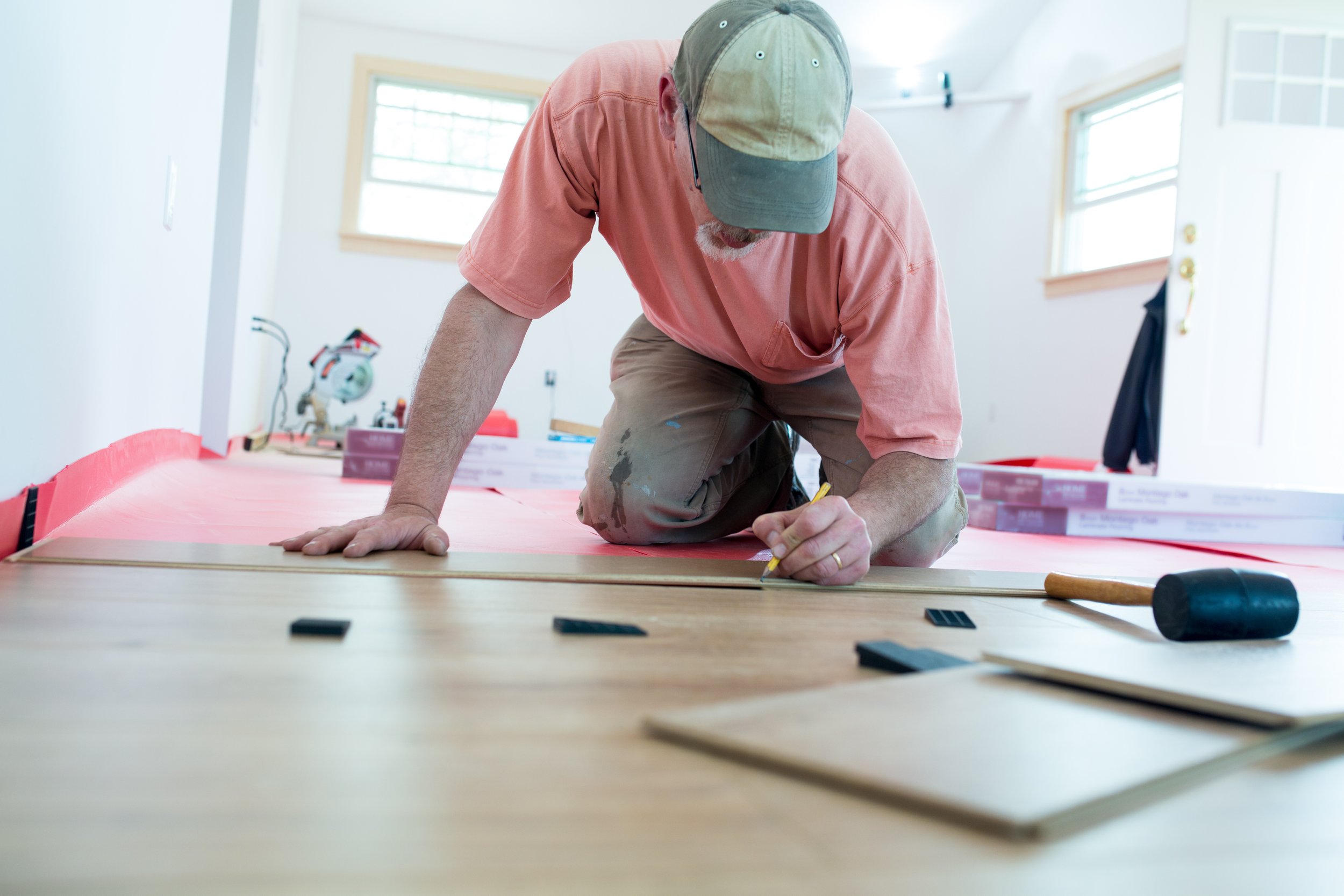Your Guide to Buying a Fixer Upper
Fixer-uppers aren’t just restricted to Waco and HGTV. You can find a fixer-upper—an older home that needs some extra love—in just about every neighborhood. Most people prefer a turnkey home that is ready to move in and doesn’t require any work.
If you’re not afraid to roll up your sleeves and put some work into a fixer-upper, it could be a great way to save money on the house in the long run, add instant equity, and provide the opportunity to transform an older home into something unique and special to you. A fixer-upper is a labor of love and could be costly, so before diving in, ensure you have the budget and time to put into it.
Plan before you buy.
Planning is the most important stage in this process. You will want to create a budget based on what you consider to be the most expensive renovations you’ll need to make. Plus, you’ll need to plan for unexpected costs. There is always going to be a surprise repair or costly improvement when renovating.
Before buying a house, you will want to know and be on the lookout for red flags like foundation issues, mold, water stains/saggy ceilings, and DIY additions that probably don’t have a permit. An inspection can help reveal these items, but it’s good to have an idea of what the inspection will show before you are under contract and enter the due diligence period.
The more time and research you put into the planning and budgeting stage, the less shock you’ll face once you start the process.
Understand the easy fixes.
Obviously, a fixer-upper requires work to be done, but some of these items are easier and less expensive than others. Separate the cosmetic problems from the more expensive fundamental renovations like.
Top Cosmetic Fixes:
Adding a deck
Replacing doors
Painting the exterior
Updating light fixtures
Replacing baseboards and trim
Refinishing floors, laying tile, or carpet
Updating outlet covers and light switches
Patching walls, taking down wallpaper, and painting
Understand the expensive renovations.
You will want to be very knowledgeable about expensive fixes because they can quickly tank your budget if you didn’t expect them or underestimated them. Having an established relationship with a contractor who can help you estimate costs and coach you on where to save and where to splurge will help this process along.
Keep in mind once you’ve done the big renovations, you likely won’t need to do it again in your time in the home. Be thoughtful with your selections for expensive renovations like:
Reroofing
Pouring concrete
Kitchen and bath remodels
Replacing the windows
Building garages or additions*
Replacing the HVAC system and adding central air
Replacing plumbing, sewer lines, and electrical wiring
*Get a permit for projects like this and work with licensed, bonded, and insured contractors.
Get the proper inspections and reports.
When you’re in the due diligence period of buying your fixer-upper, you will get a home inspection done, but there are some more types of inspections you should also do so you can know exactly what you’re buying:
Roof certification: This inspection will show how old the roof is and its condition.
Pest inspection: Pest infestations are a red flag and could result in expensive repairs. Make sure to get a pest inspection before closing.
Sewer line inspection: This is another expensive fix if the sewer lines are corroding. Corrosion is usually more apparent in older homes, so if you’re looking for an old house with charm, just make sure to get the sewer lines inspected before falling in love with a money pit.
Not all fixer-uppers are the same, but finding the perfect one that suits your budget, timeline, and lifestyle preferences is possible.
The most important things you can do to start the process of taking on a fixer-upper are to plan, understand the easy and expensive fixes, and get the proper inspections done. Then begin demo day and turn your fixer-upper into the home of your dreams!

